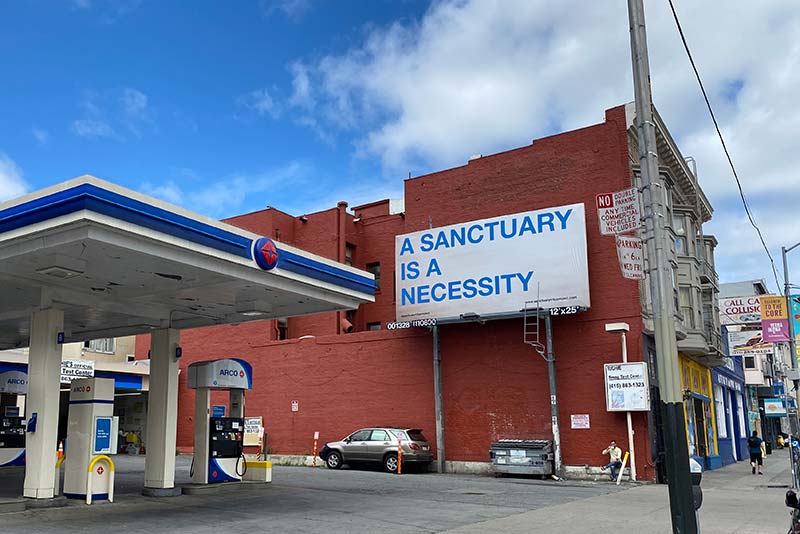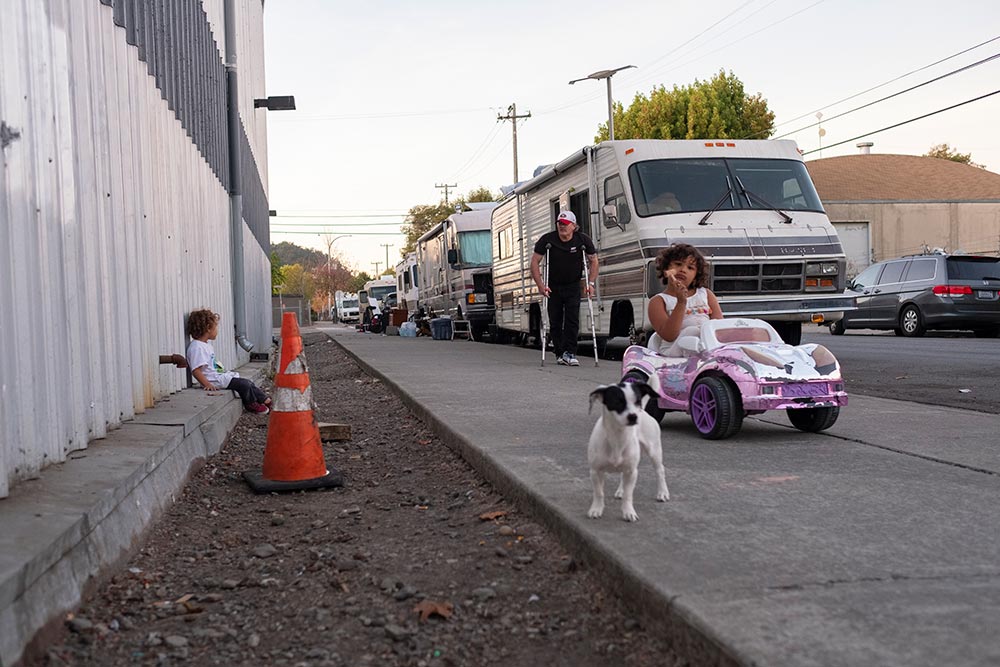Tue December 9th Closed
9 Questions with Rodney Ewing
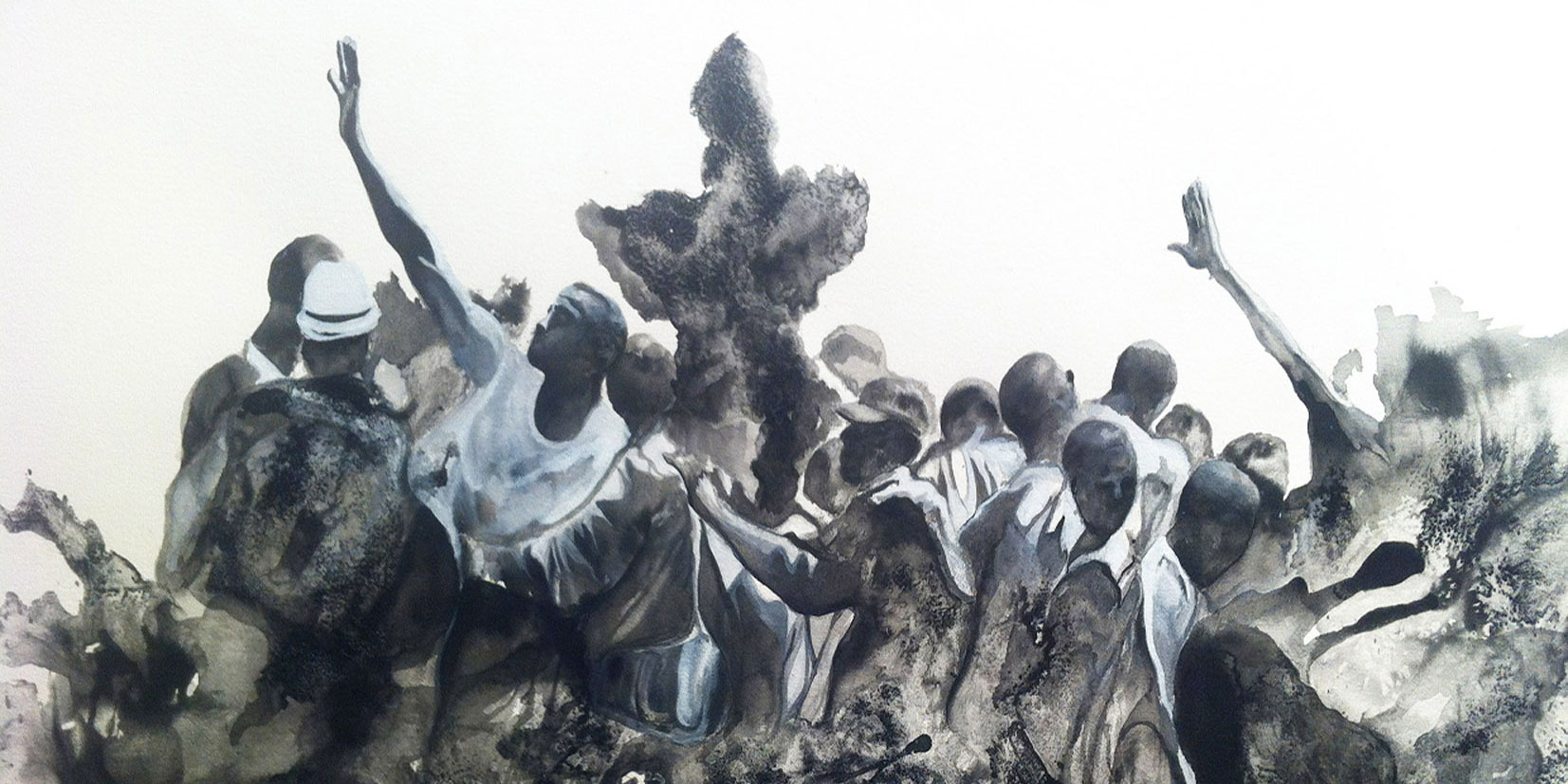
As part of the digital experience Come to Your Census: Who Counts in America? presented under the umbrella of the Art+Action Coalition’s COME TO YOUR CENSUS campaign—powered by San Francisco’s Office of Civic Engagement & Immigrant Affairs (OCEIA)—YBCA and Art+Action have asked participating artists to respond to prompts around activism, community-building, and art, in the format of the Census’ 9 questions.
Rodney Ewing is a San Francisco-based visual artist who creates intersections between body, place, memory, and fact to engage the viewer in an examination of human interaction and cultural conditions.
For Come To Your Census: Who Counts in America?, YBCA and Art+Action commissioned Ewing to create the participatory artwork Who are you? / How do you want to be counted? This work looks to institutional systems of identification and how those systems rarely reflect how we self-identify.
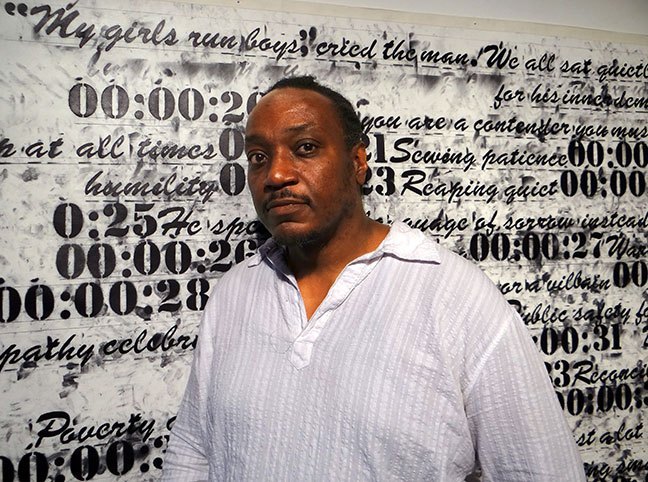
What is your first experience in seeing/feeling the impact of art + activism?
My earliest experiences with art and activism can be divided into two distinct events. The first is not ordinary by the most conventional means. When I was 8 or 9 years old, my father and I were big comic book enthusiasts–which I still am to this day–and issue #76 of Green Lantern came into our home. Comic books not only sparked my imagination, but they were also my first drawing, painting, and reading instructors. I am also a child born at the height of the civil rights movement/Black Power movement, so to have a piece of pop culture merge with those issues was educational and exciting. In this particular issue, the main character Hal Jordan, an intergalactic police man, is waved down to a rooftop by elderly Black man who has some questions for him. The man begins by listing all of Hal Jordan’s accomplishments;
“I’ve been reading about how you work for the blue skins…and how on a planet someplace you helped out the orange skins…and you done considerable for the purple skins! Only there’s skins you never bothered with…the Black skins, I want to know how come?! Answer me that Mr. Green Lantern!” Hal Jordan’s responds, “I can’t!”
Reading this book at a young age exposed me to how you could combine art and activism at a very accessible level.
The second event occurred while I was in graduate school and I had the opportunity to see an exhibition by Alfredo Jaar titled, Geography=War. His work in the exhibition detailed the horrors of toxic waste dumping in Africa and its impact on the inhabitants. Within this installation, he projected images of the villagers’ faces onto liquid contained in oil barrels. When I walked into the room the projections were not evident until I was standing above the barrels. His ability to create art out of information in a manner that combined theatricality with empathy exposed me to the possibility of creating work that was topic-based.
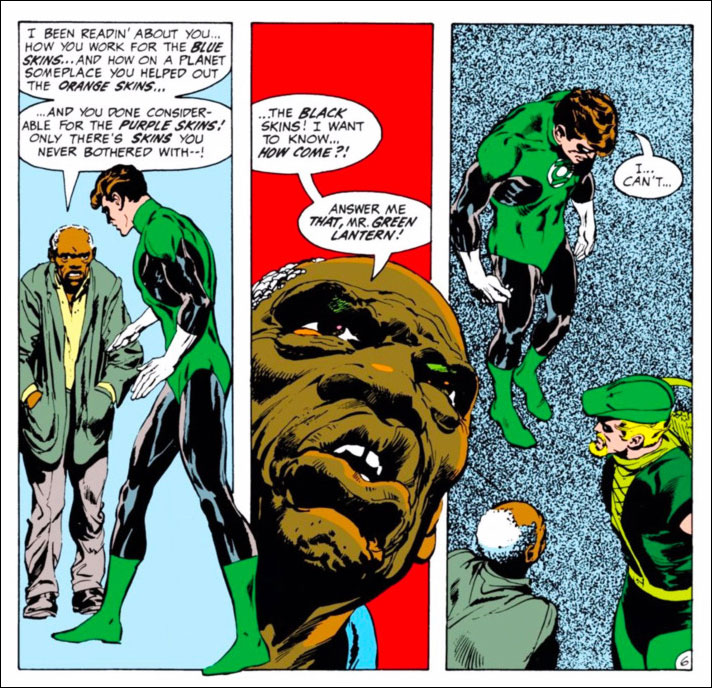
What makes you feel a deep sense of belonging?
Last summer I attended a residency where diversity was the norm. Not only was I surrounded by individuals from my culture, but I never had to defend why I was there or the work I was making. Being in an environment where I can bring my whole self to a situation, be respected for my difference, and do the same for others, brings me a deep sense of belonging.
What do you wish for your community?
For my art community and the African American community, the wish is the same–solidarity. Taking care of one another, being a resource, and holding space.
Who are the most vulnerable members of your community and how do you support them?
Currently, I feel the most vulnerable members of the SF community are the individuals experiencing homelessness, who can’t afford to live in the Bay Area alone or purchase property. I don’t know how to support them in any kind of meaningful way other than just holding space for them.
What’s at stake in contemporary art when creating work that pertains to social and political reform?
I think what’s at stake is when individuals or institutions try to convince people that social or political work is not popular, or can only exist in certain spaces and at appropriate times. When this work is marginalized, we run the risk of not seeing its importance to the evolving field of art and art history. We also run the risk of people appropriating ideas and images without fully understanding the significance to a specific community and thereby making the issue about the artist and not the subject at hand.
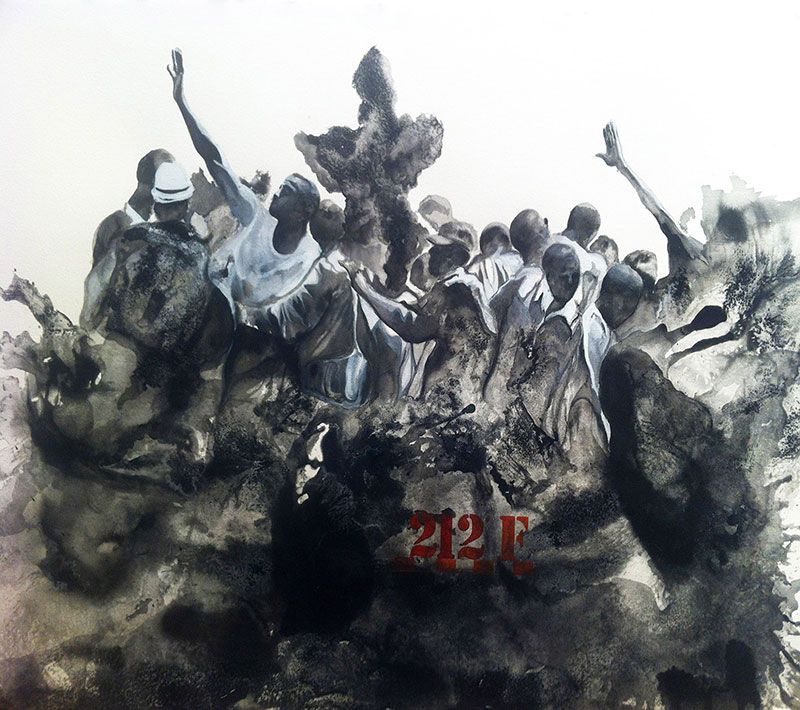
What are some strategies for breaking through political disengagement, distrust or distraction?
I’ve always been a fan of both critical thinking and civil discourse. I think they go hand in hand, however, we seem to be lacking leadership and examples of both recently.
What would push you past your fear?
The hope and knowledge that we can do better for each other.
What is at stake for you and your community by taking the census?
In a city where African Americans only represent 4-5% of the population and are facing a diaspora, we need to report our existence so that we can find each other for solidarity.
What, if anything, is worth fighting for?
There are many ways to fight for something that goes beyond the physical. But fighting for one’s or anyone’s autonomy and freedom is always worth fighting for. This can be inspired by literature, art, music, dance, or a 25 cent comic that led an 8 year old kid to become an artist.

